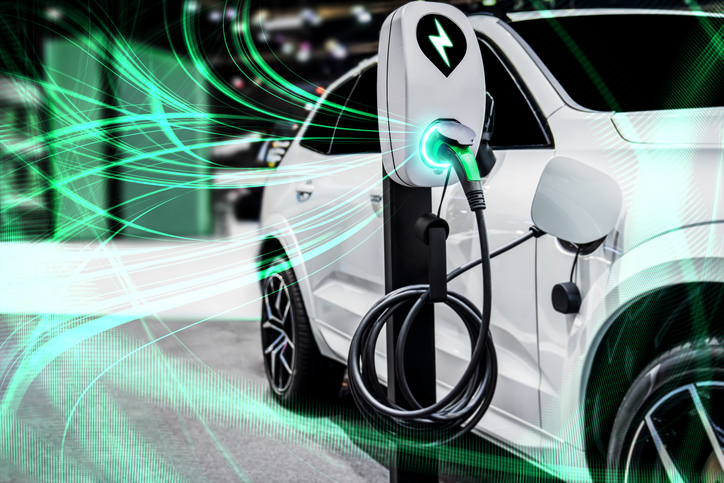Considering Hybrid and Electrical Mechanic Training? An Update on EV Charging Infrastructure
The EV industry is experiencing consistent development in cars and charging infrastructure. With this development, new technologies are introduced to make aspects such as charging quicker, easier, and more versatile. Charging is a fundamental core to EVs, and it is important to learn and understand this core aspect. Without the ability to charge an EV, the whole concept falls apart. During your hybrid and electrical mechanic training, you may learn about the charging infrastructure in place and how to maintain and fix these chargers.
If you are interested in learning more about the developments in EV charging infrastructure, read on.
Smart Charging is the Future
Smart EV charging or intelligent charging refers to a system where an electric vehicle and a charging device share a data connection, and the charging device shares a data connection with a charging operator. This allows for remote control of the charger and other features. Smart charging in EVs uses intelligence to make several decisions while an EV charges. The charger interacts with an EV, the local power grid, and the driver’s requests. It does this to help discover when the best time to charge the EV will be, for example. Power utilities offer different prices for different times of the day. So if an EV charges during off-peak times, it will be cheaper than if it was charged during peak times. This is one of the aspects smart chargers can monitor and assist with. It can also adjust for energy consumption, depending on the availability of energy from the grid.

Smart EV charging is done through a cloud-based charging management platform. It requires a connection between the charger, an EV, and the charging management system. After hybrid and electrical mechanical training, you may service such charging systems on the job.
Discover Bidirectional Charging During Hybrid and Electrical Mechanic Training
The majority of EV chargers in the world are unidirectional chargers. A unidirectional charger takes alternating current (AC) and converts it to direct current (DC), which charges the EV batteries. As a hybrid and electrical vehicle mechanic, you will need to understand this system. A bidirectional charger does the same thing, except it can also convert DC to AC. The benefits of such a system are significant.

Vehicle-to-grid (V2G) allows power to be taken from the EV battery and put back into the grid during peak times. Charging then occurs during off-peak times for lower prices and other financial incentives.
Vehicle-to-home (V2H) allows the EV to work as a battery in the case of power outages. The battery of an EV can sustain a home for several hours or days, depending on the battery size. If used in conjunction with a renewable energy source, this extends the time.
Vehicle-to-load (V2L) EVs have a built-in bidirectional charger but generally cannot work the same way as a V2G or V2H system without a special adapter. V2L commonly offers power outlets or leads from the vehicle. In the case of a power outage or camping, extension cords for essential loads can be run from the vehicle.
Bidirectional charging is becoming more popular among auto manufacturers. This type of EV charging will be covered and explained during training. You will learn how the chargers work and all the details involved. So that when you are on the job, you can successfully fix them and understand the relationship between charger and battery.
Wireless Charging Now Being Used in Roads
Wireless charging in an EV works similarly to in a phone. It charges a battery using induction. A receiver is placed at the bottom of an EV, and the wireless charger will have a charge coil. The charge coil can transfer power to the receiver of the EV.
Wireless charging stations have been introduced before, but what is revolutionary is the usage of wireless charging beneath a road. They will charge an EV while it is driving. There have been previous tests of this in Sweden and Italy, and it seems viable to an extent. More research and technology are needed, but the fundamental idea is there. Wireless charging has still not been implemented on a large scale but is something you may touch on during hybrid and electrical mechanic training and in your career.
Are you interested in attending an auto mechanic school?
Contact ATC Surrey to learn more about our programs.


